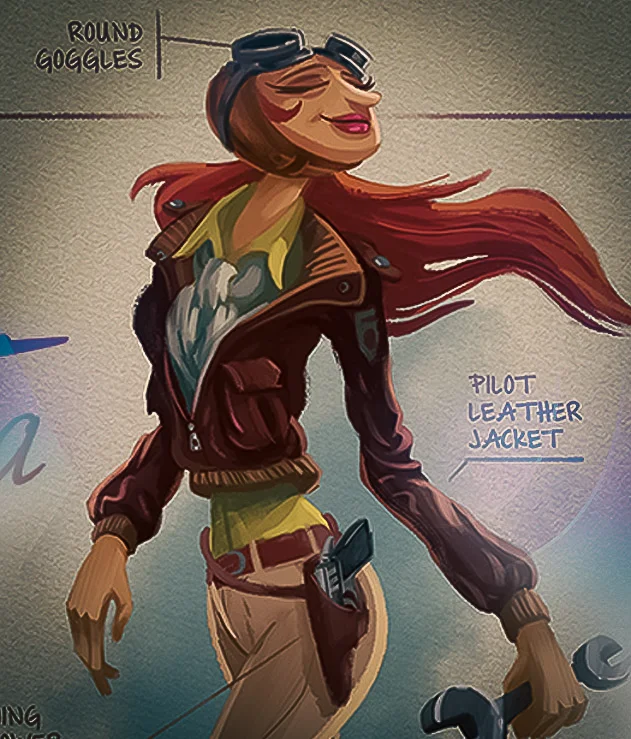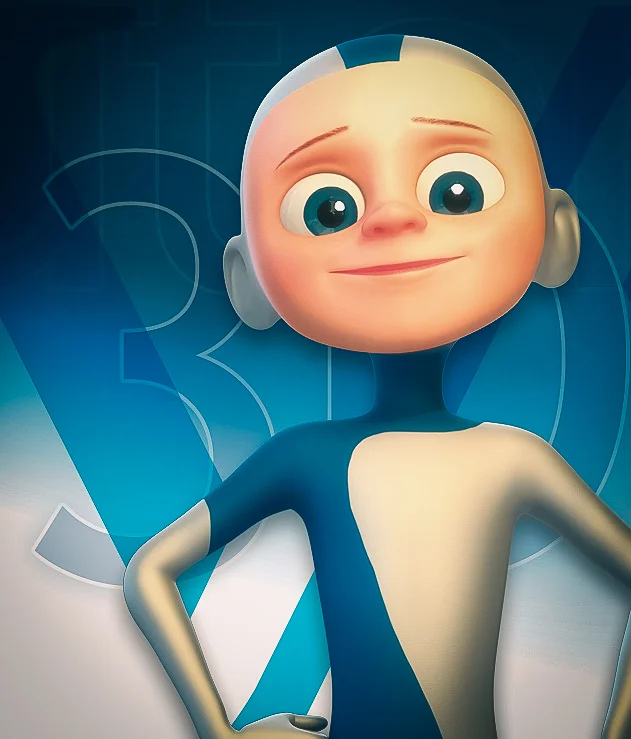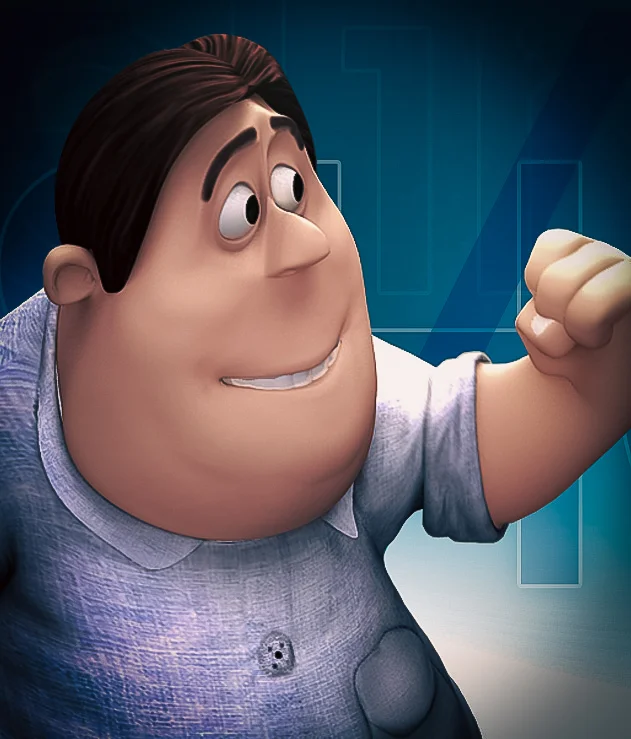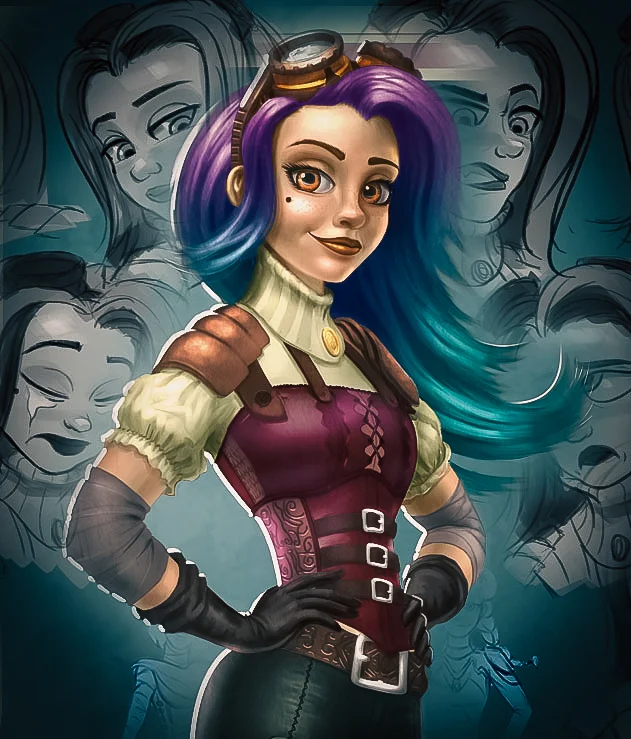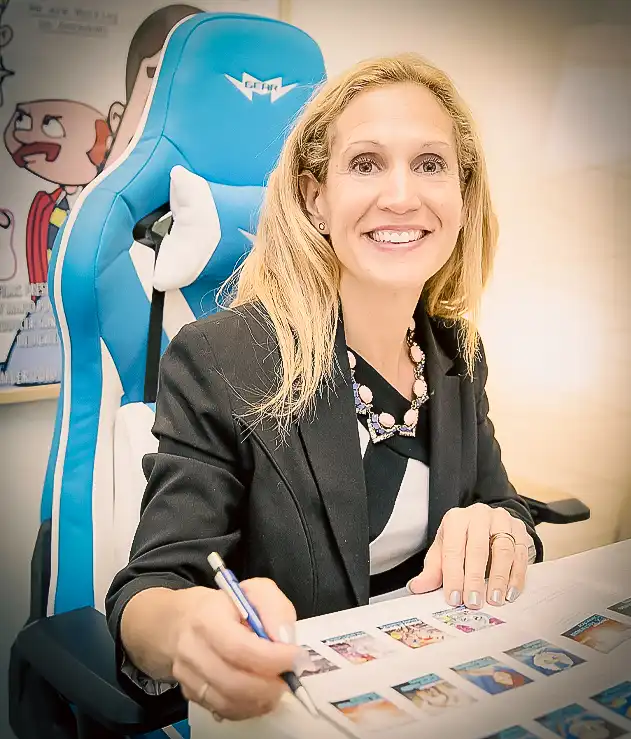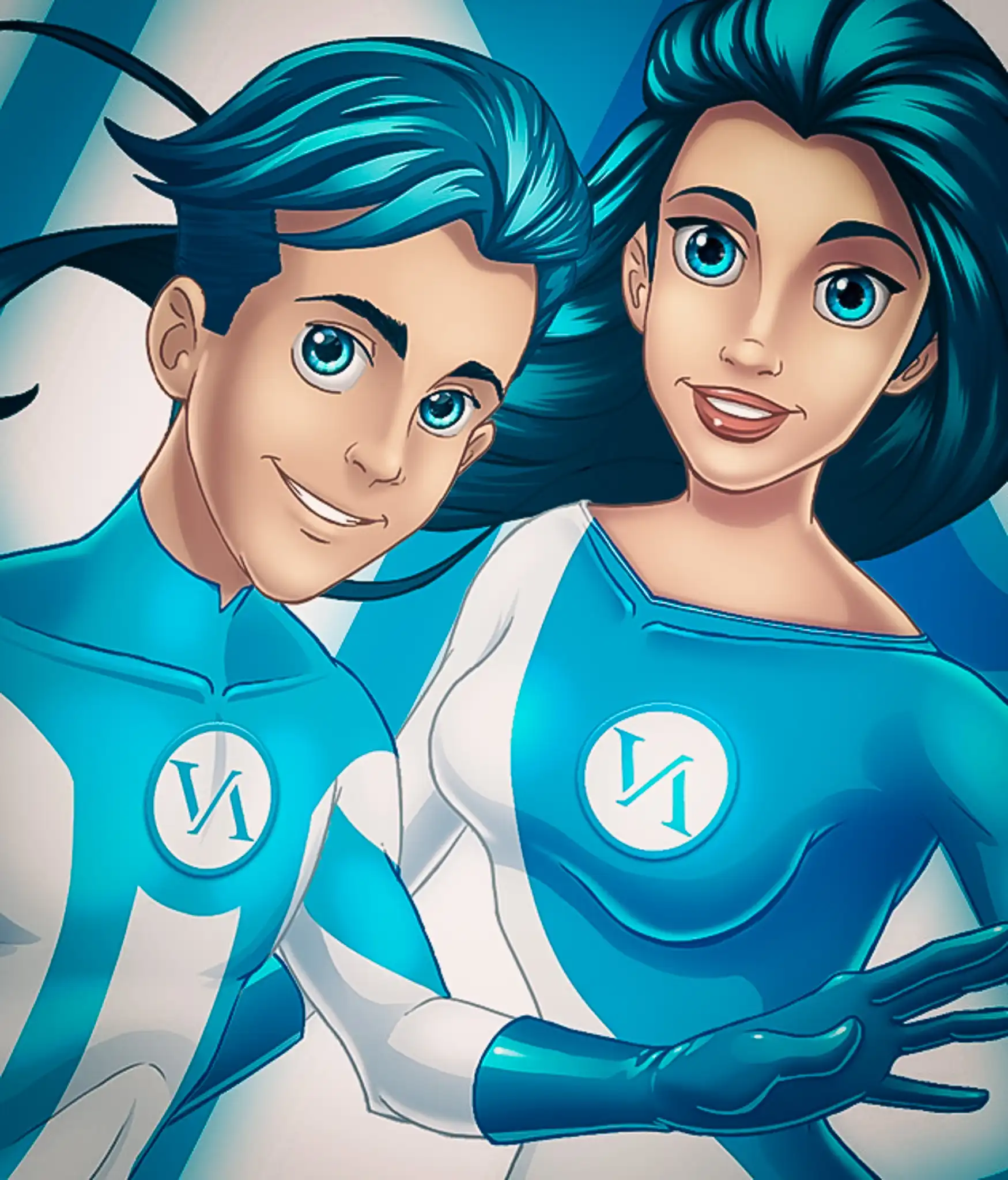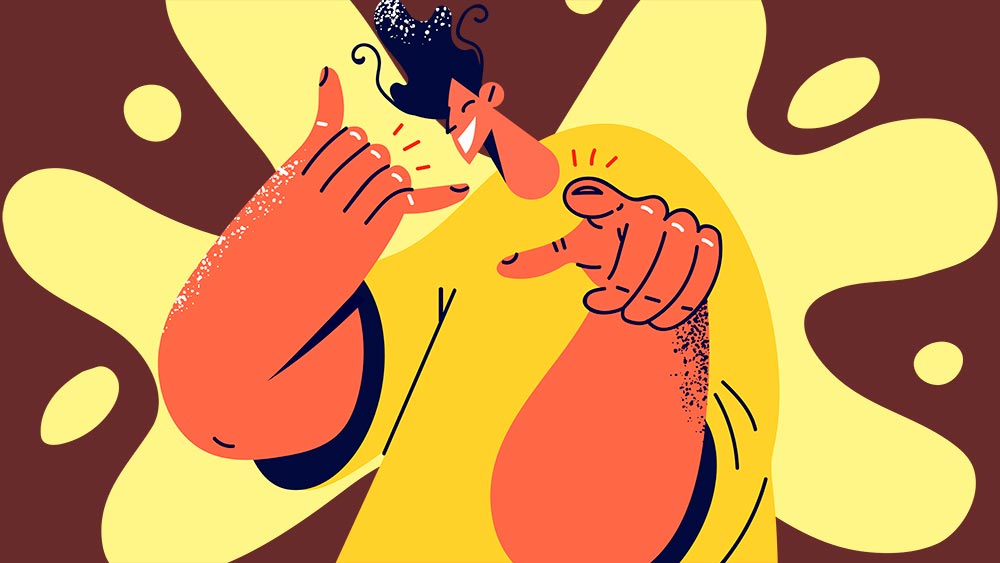 Image: Valery Vasilyeu (Motion Array)
Image: Valery Vasilyeu (Motion Array)
Author: VANAS Team
Stop Creating for You, Start Creating for Your Users
Table of Contents
- What Does It Mean to Create for Others?
- Why Self-Focused Creators Miss the Mark
- Understanding Your Audience
- The “Cool” Trap in Animation
- Empathy Is a Superpower in Design
- Real Examples from the Animation Industry
- Feedback Isn’t Optional — It’s Vital
- Finding Balance Between Your Vision and Their Needs
- Staying Open-Minded Through the Creative Process
- Final Thoughts for Young Creators
- Frequently Asked Questions
What Does It Mean to Create for Others?
In the world of Animation, the biggest mistake you can make is creating only for yourself. Sure, your ideas are awesome. Yes, your imagination is wild. But if no one understands, enjoys, or connects with your work — what’s the point?
To create for others means stepping outside your own bubble. It means thinking about who’s going to watch your animated short, play your game, or enjoy your visual effects. If you want to be taken seriously in the Animation industry, you have to design with purpose — for them, not just for you.
Why Self-Focused Creators Miss the Mark
When you focus only on your own taste or humor, you often create work that others find confusing, boring, or too personal. Let’s say you animated a giant talking sandwich because you thought it was hilarious. Your friends might not get the joke. Your audience might be totally lost.
Here’s what can happen when you create only for yourself:
- People stop watching your work after 10 seconds
- They don’t understand the story
- They miss the emotions you wanted to express
- They feel left out instead of connected
When you're serious about Animation as a career, you can't afford to miss the mark like that. You want to move people — not leave them scratching their heads.
Understanding Your Audience
This is the game-changer. Your audience is not just "people out there." They're real humans with emotions, dreams, fears, and short attention spans. They come to Animation looking to feel something — excitement, laughter, sadness, or joy.
Ask yourself:
- Who am I creating this for?
- How old are they?
- What do they watch or play already?
- What makes them laugh, cry, or feel inspired?
Knowing your audience gives your creativity direction. Instead of throwing random ideas together, you build a powerful experience that speaks directly to them.
The “Cool” Trap in Animation
Many student animators fall into the trap of trying to make their work look “cool.” Neon lights, over-the-top effects, and complex camera moves — all style, no soul. But being cool is not the same as being meaningful.
Instead of asking, “Will people think this looks awesome?” ask:
- Will they care?
- Will they feel something?
- Will they remember this tomorrow?
In the Animation world, cool fades. But emotion sticks.
VANAS Online Animation School offers Animation, Visual Effects, and Video Game programs. To launch your career, visit https://www.vanas.ca
Empathy Is a Superpower in Design
Empathy means imagining how someone else feels. It’s not just something nice to have — it’s essential in Animation. When you put yourself in your audience’s shoes, you start to make better creative decisions.
You’ll ask things like:
- Would this scene confuse a 12-year-old?
- Is this character someone people can relate to?
- Does the dialogue feel natural, or does it sound forced?
Empathy helps you design for the user’s brain, not just your own. That’s when your art becomes powerful.
Real Examples from the Animation Industry
Look at Pixar. They don’t make movies just to show off great visuals (even though they do). They make you feel. Movies like Up, Inside Out, and Toy Story connect because the creators focused on what people need emotionally — not just what they thought was cool.
Even video games like Journey or Celeste prove that when you focus on user experience, the result is unforgettable.
Now think about the animated content you love. Chances are, it’s something that spoke to you, not just something flashy or random.
Feedback Isn’t Optional — It’s Vital
Getting feedback is not an insult. It’s a cheat code.
Some young artists take criticism as a personal attack. But in the real Animation world, feedback is part of the creative cycle. Professionals show their rough drafts, storyboards, and designs early on — not just the finished version.
If someone doesn’t understand your scene, it’s not because they’re dumb. It means something needs to be clearer. Ask people:
- What did you feel during this scene?
- Was anything confusing?
- Would you watch this again?
Then — and this is the hard part — listen.
"Feedback shows you what your audience really sees — not what you think they see."
Finding Balance Between Your Vision and Their Needs
Don’t get it twisted — this isn’t about giving up your creativity. You still have your unique style and voice. But you’re shaping it in a way that lands with your audience.
Think of it like cooking. You can invent your own recipe, but if it tastes terrible to everyone but you, it’s not going to be popular. Now imagine tweaking it a bit, adding flavors others enjoy — now you’re a chef and a hit.
In Animation, it’s not about selling out. It’s about meeting your viewers where they are.
Staying Open-Minded Through the Creative Process
Let’s be real: some ideas you love won’t work. Maybe a joke doesn’t land. Maybe a visual metaphor is too confusing. That’s okay.
What matters is your willingness to adjust. Great creators try, test, change, and repeat.
Here’s how to stay flexible:
- Always be ready to cut scenes that don’t serve the story
- Be open to changing your color palette, camera angles, or pacing
- Understand that your audience doesn’t owe you their attention — you must earn it
The most respected professionals in Animation constantly adapt. That’s what keeps their work fresh and relevant.
Final Thoughts for Young Creators
If you’re dreaming of working in Animation, games, or visual storytelling, start creating with others in mind. Your talent is real — but your power grows when you connect with an audience.
Use your skills not just to impress, but to express. Make people feel. That’s what storytelling is all about.
And never forget — your journey is just beginning.
VANAS Online Animation School offers Animation, Visual Effects, and Video Game programs. To launch your career, visit https://www.vanas.ca
Frequently Asked Questions
What does it mean to create for your users in Animation?
It means designing your work to connect emotionally, clearly, and meaningfully with your audience — not just doing what you personally think is fun or cool.
Why is feedback important for Animation students?
Feedback helps you understand how real people react to your work. It shows you what’s confusing or powerful, so you can improve before a final release.
Is it bad to include personal ideas or stories?
Not at all. Personal ideas are great — as long as others can relate. The goal is to connect, not just express.
How can I learn more about user-focused design in Animation?
You can study story structure, psychology, user testing, and of course, attend schools like VANAS that emphasize audience-focused storytelling.
Can you still be creative if you design for others?
Yes! In fact, understanding your audience can make you even more creative. You find smart ways to deliver your message in ways that truly resonate.
What’s the biggest mistake beginners make in Animation?
Creating work that only makes sense to them, without thinking about how others will experience it.
Where can I study professional Animation and storytelling?
VANAS Online Animation School offers Animation, Visual Effects, and Video Game programs. To launch your career, visit https://www.vanas.ca

